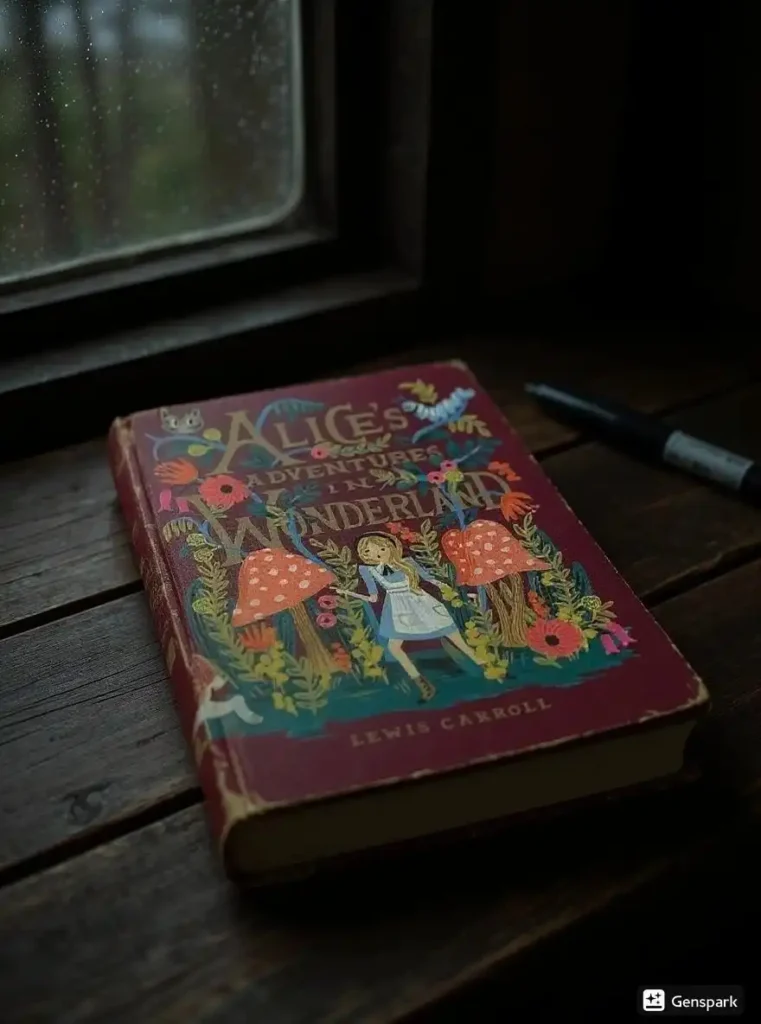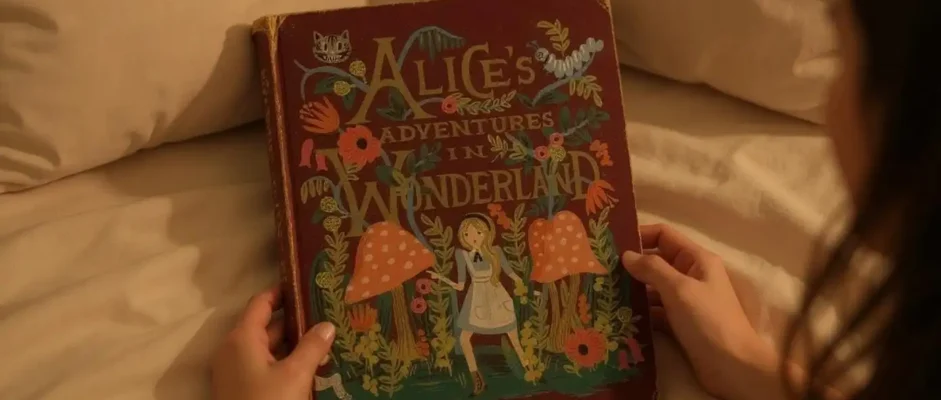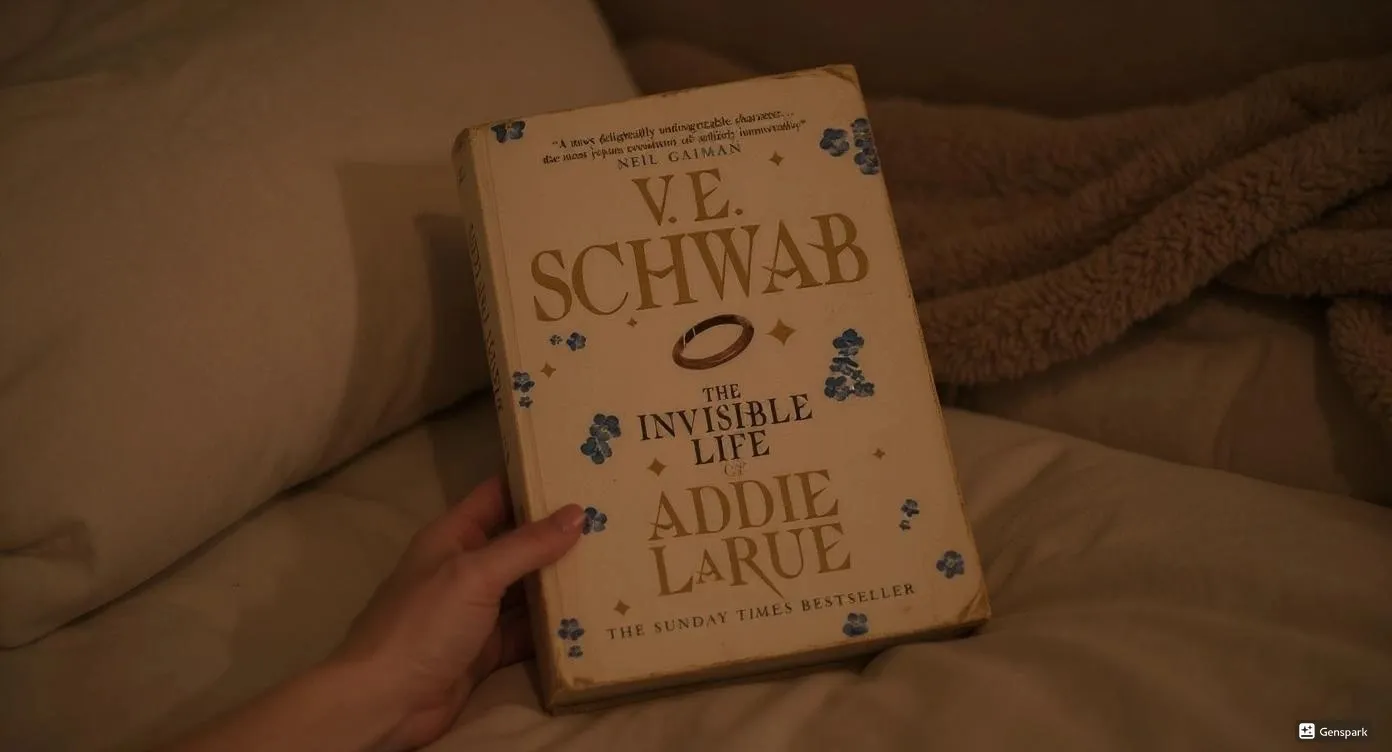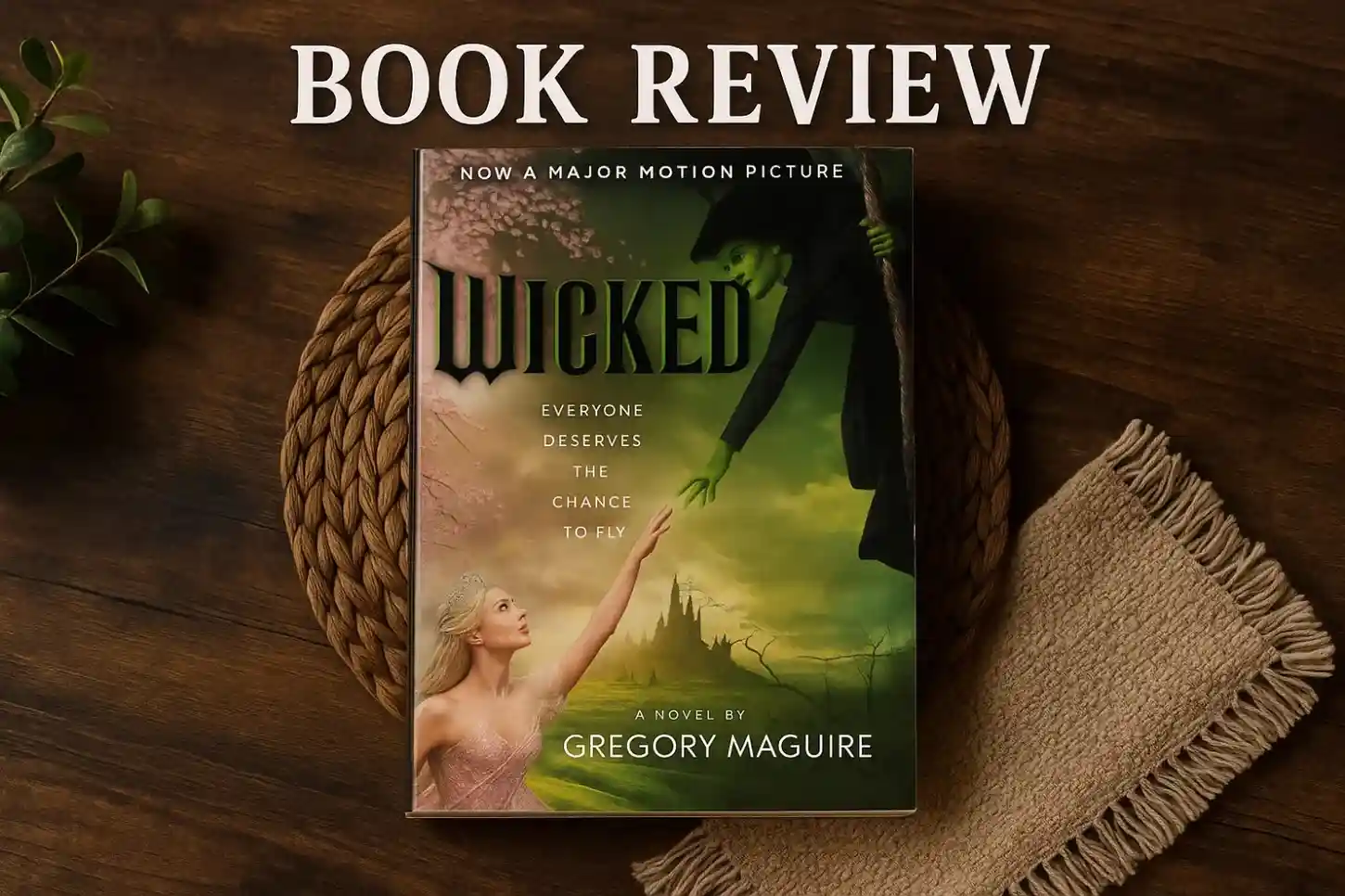I picked up Alice’s Adventures in Wonderland expecting just another children’s story, but what I found left me questioning everything I thought I knew about Victorian literature. Alice’s Adventures in Wonderland is an 1865 English children’s novel by Lewis Carroll, a mathematics don at the University of Oxford, and after reading it three times in the past month, I can confidently say this book operates on multiple levels that most readers completely miss.
Carroll was noted for his facility with word play, logic, and fantasy, and some of Alice’s nonsensical wonderland logic reflects his published work on mathematical logic. As someone who’s reviewed over 200 children’s classics, I was blown away by how Carroll weaves mathematical concepts into seemingly innocent wordplay. The famous Mad Hatter’s tea party isn’t just whimsical nonsense—it’s a brilliant satire of Victorian social conventions wrapped in mathematical paradoxes.
What makes this book special isn’t just its imaginative plot, but Carroll’s genius in creating a story that works for children while offering profound commentary for adults. Alice Liddell was almost five years old when she first met mathematician Charles Lutwidge Dodgson, better known by his pen name Lewis Carroll, and this personal connection infuses the narrative with authentic childhood wonder that feels genuine rather than manufactured.
I’ll be brutally honest about both the book’s timeless brilliance and its Victorian-era limitations that modern readers might find challenging.
Key Takeaways
Alice’s Adventures in Wonderland functions as both children’s entertainment and sophisticated mathematical satire, with Carroll embedding logical puzzles throughout the narrative that reflect his academic background at Oxford University.
The story’s dream framework allows Carroll to subvert Victorian social norms and authority structures, using nonsense as a vehicle for legitimate social criticism while maintaining the appearance of innocent children’s literature.
Carroll’s wordplay mastery goes beyond simple puns to include complex linguistic experiments that demonstrate how language shapes reality, making this a pioneering work in both nonsense literature and early psycholinguistic exploration.
The character of Alice represents the universal child’s experience of navigating an adult world that often seems arbitrary and illogical, making her journey as relevant today as it was in 1865.
Despite its enduring popularity, the book’s Victorian sensibilities and Carroll’s sometimes precious writing style can feel dated to modern readers, though its core themes of identity and growing up remain powerfully resonant.
Basic Book Details
Publishing Information: July 4, 1865 by Macmillan Publishers
Genre: Children’s Literature, Fantasy, Nonsense Literature
Plot: Young Alice follows a White Rabbit down a hole into Wonderland, encountering bizarre characters and situations that challenge logic and social conventions before awakening from her dream
Series Information: Standalone novel (followed by Through the Looking-Glass in 1871)
Page Count: 96 pages (original edition)
Main Characters:
- Alice: Seven-year-old protagonist who grows and shrinks while navigating Wonderland’s absurd rules
- White Rabbit: Anxious timekeeper who leads Alice into Wonderland
- Mad Hatter: Eccentric tea party host trapped in perpetual teatime
- Cheshire Cat: Grinning feline philosopher who appears and disappears at will
- Queen of Hearts: Tyrannical ruler obsessed with executions and croquet
Historical Context And Victorian Literary Significance
Reading Alice in my study last winter, I was struck by how revolutionary this book must have seemed in 1865. It is one of the best-known and most popular works of English-language fiction, but what many readers don’t realize is how Carroll challenged every convention of Victorian children’s literature.
Most children’s books of the era were heavily moralistic, designed to teach proper behavior and Christian values. Carroll threw that entire tradition out the window, creating a protagonist who questions authority, challenges adults, and emerges from her adventure without learning any conventional moral lessons.
Carroll’s Mathematical Background And Its Influence On Wonderland’s Logic
Carroll was a mathematical conservative, and in the late 19th century, algebra was changing from pure numbers to symbols (symbolic algebra) and proofs were getting more colloquial. This mathematical backdrop infuses every page of Alice with logical puzzles and paradoxes.
The famous “Why is a raven like a writing desk?” riddle isn’t just nonsense—it’s Carroll’s commentary on the new symbolic mathematics that he found troubling. It is believed by many that Alice In Wonderland was, in fact, a mathematical satire and Carroll’s way of belittling and perhaps even maintaining equilibrium in the face of dramatic change.
Real Alice Liddell Story And The Book’s Personal Origins
The titular character Alice shares her name with Alice Liddell, a girl Carroll knew—scholars disagree about the extent to which the character was based upon her. Alice Pleasance Liddell (1852 – 1934) was the little girl who inspired Lewis Carroll’s Alice’s Adventures in Wonderland.
What fascinates me is how Carroll transformed a real child’s personality into a literary character who embodies universal childhood experiences. The real Alice was reportedly bold and curious, traits that shine through in the fictional Alice’s willingness to eat mysterious substances and challenge the Queen of Hearts.
Plot Structure And Narrative Analysis
I’ve read this book multiple times, and each reading reveals new layers in Carroll’s narrative construction. The story follows a classic quest structure, but Carroll subverts every traditional element.
Journey Into Wonderland: The Classic Voyage And Return Framework
Alice’s fall down the rabbit hole follows the archetypal hero’s journey, but Carroll deliberately frustrates reader expectations at every turn. Instead of facing external dangers, Alice confronts logical impossibilities and social absurdities.
The tea party scene exemplifies Carroll’s genius—what appears to be whimsical nonsense actually demonstrates how adult social rituals can seem arbitrary and meaningless to children. Alice’s frustration mirrors every child’s experience of being excluded from adult conversations and customs.
Dream Sequence Mechanics And Carroll’s Storytelling Innovation
Carroll’s decision to frame the entire adventure as a dream was revolutionary for children’s literature. This framework allows him to violate physical laws, social norms, and logical consistency while maintaining narrative coherence.
I was particularly impressed by how Carroll uses dream logic to explore serious themes. Alice’s constant size changes reflect the disorienting experience of growing up, where children feel simultaneously too small for the adult world and too big for childhood comforts.
Character Development And Symbolic Interpretation
Alice’s Growth Journey: From Curious Child To Confident Individual
Alice begins the story as a passive observer but gradually becomes more assertive. By the trial scene, she’s confident enough to call the proceedings “nonsense” and challenge the Queen’s authority directly.
This character arc resonates because it mirrors real childhood development. Alice learns to trust her own judgment even when surrounded by seemingly authoritative adults who speak nonsense with great conviction.
Supporting Cast Analysis: Mad Hatter, Cheshire Cat, And Queen Of Hearts As Victorian Archetypes
The Mad Hatter represents the working class driven mad by industrial mercury poisoning—a real occupational hazard for hat makers in Carroll’s time. The Cheshire Cat embodies philosophical detachment, offering wisdom while remaining uncommitted to any position.
The Queen of Hearts perfectly satirizes arbitrary authority. Her constant threats of execution, never carried out, mirror how Victorian authority figures often relied on intimidation rather than actual power.
Literary Style And Language Techniques
Wordplay Mastery: Puns, Riddles, And Linguistic Puzzles Throughout The Text
Carroll’s wordplay operates on multiple levels simultaneously. The famous “Unbirthday” concept isn’t just clever—it demonstrates how language can create new realities and possibilities.
I spent considerable time analyzing Carroll’s puns and found they often contain mathematical or logical principles. The Mock Turtle’s lessons in “Reeling and Writhing” instead of “Reading and Writing” satirize educational systems that prioritize appearance over substance.
Nonsense Literature Pioneer: How Carroll Revolutionized Children’s Writing
Before Carroll, children’s literature was primarily didactic. Carroll proved that children could handle sophisticated literary techniques and abstract concepts when presented entertainingly.
His nonsense verses like “Jabberwocky” demonstrate how meaning can emerge from sound and rhythm even when individual words are invented. This insight influenced everyone from Dr. Seuss to contemporary slam poets.
Themes And Deeper Meanings
Growing Up In A Confusing Adult World: Identity And Transformation Motifs
Alice’s repeated question “Who am I?” drives the entire narrative. Her physical transformations mirror the psychological changes children experience during development.
The Caterpillar’s question “Who are you?” seems simple but touches on fundamental questions of identity that perplex philosophers and children alike. Carroll suggests that identity is fluid and context-dependent rather than fixed.
Victorian Social Commentary: Class Structure And Authority Critique
Carroll’s Wonderland functions as a funhouse mirror reflecting Victorian society’s absurdities. The arbitrary rules, nonsensical trials, and emphasis on proper etiquette satirize social conventions that prioritize form over substance.
The Queen’s croquet game, with living mallets and cards as arches, perfectly captures how social games often have rules that change arbitrarily to benefit those in power.
Cultural Impact And Educational Value
Adaptations Legacy: From Disney To Burton And Literary Influence On Fantasy Genre
Alice has inspired countless adaptations across all media, from Disney’s 1951 animated film to Tim Burton’s 2010 reimagining. Each adaptation reflects its era’s concerns while maintaining Carroll’s core themes.
The book’s influence on fantasy literature cannot be overstated. Authors from L. Frank Baum to Neil Gaiman cite Carroll as a major influence, particularly his demonstration that fantasy worlds need internal logic even when that logic differs from reality.

Classroom Applications: Teaching Logic, Language, And Critical Thinking Through Wonderland
I’ve recommended this book to numerous educators because it naturally teaches critical thinking skills. Alice’s questioning of Wonderland’s rules models how children should approach authority claims.
The mathematical elements make it valuable for STEM education as well. Teachers can use Carroll’s logical puzzles to introduce concepts of proof, paradox, and mathematical reasoning in engaging ways.
| Reading Level | Age Group | Educational Focus | Key Skills Developed |
|---|---|---|---|
| Elementary | 8-10 years | Imagination & Language | Vocabulary, Creative thinking |
| Middle School | 11-13 years | Logic & Analysis | Critical thinking, Problem-solving |
| High School | 14-18 years | Literary Analysis | Symbolism, Historical context |
| College | 18+ years | Cultural Studies | Victorian society, Mathematical concepts |
Personal Reading Experience
I first encountered Alice during a rainy afternoon in a used bookstore in Portland, completely unprepared for its complexity. What started as casual reading turned into three intensive weeks of analysis as I discovered layer after layer of meaning.
The book works differently depending on your reading approach. Read it quickly, and it’s a delightful children’s adventure. Read it slowly, and it becomes a sophisticated commentary on logic, language, and social conventions.
| Character | Victorian Archetype | Modern Equivalent | Literary Function |
|---|---|---|---|
| Queen of Hearts | Arbitrary Authority | Micromanaging Boss | Satirizes power abuse |
| Mad Hatter | Industrial Victim | Overworked Employee | Comments on working conditions |
| Cheshire Cat | Philosophical Guide | Therapist/Mentor | Provides wisdom and perspective |
| White Rabbit | Anxious Middle Class | Stressed Professional | Represents time pressure |
Pros
Carroll’s wordplay remains unmatched in children’s literature, creating multiple layers of meaning that reveal themselves through repeated readings. The mathematical elements add intellectual depth without overwhelming young readers.
Alice herself is a remarkably modern protagonist—curious, brave, and willing to challenge authority when it doesn’t make sense. Her character development feels authentic rather than forced.
The book’s structure allows both linear reading and random exploration. Readers can enjoy individual episodes (the tea party, the trial) as standalone pieces while appreciating the overall narrative arc.
Cons
Victorian language and cultural references can alienate modern readers, particularly children unfamiliar with formal speech patterns and historical context. Some passages feel unnecessarily precious or overly clever.
The episodic structure, while innovative, can feel disjointed. Some transitions between scenes rely too heavily on dream logic, making the narrative feel arbitrary rather than purposeful.
Carroll’s mathematical jokes and academic in-jokes can exclude readers without relevant background knowledge. The book sometimes prioritizes cleverness over emotional resonance.
| Strengths | Weaknesses | Impact Rating |
|---|---|---|
| Innovative wordplay | Dated language | 9/10 |
| Complex themes | Episodic structure | 8/10 |
| Strong protagonist | Academic humor | 7/10 |
| Social commentary | Victorian context | 9/10 |
Performance as a Fantasy Novel
Alice established many conventions of modern fantasy literature while simultaneously subverting them. The secondary world of Wonderland feels complete and internally consistent despite its apparent chaos.
Carroll’s approach to magic—where transformation happens through consumption rather than spells—influenced countless later fantasy works. The idea that fantasy worlds can comment on real-world issues through metaphor became a genre staple.
Compared to contemporary fantasy novels, Alice feels remarkably restrained. There’s no epic quest, no chosen one narrative, no romantic subplot. Carroll focuses entirely on exploring his protagonist’s psychological and intellectual development.
Final Verdict
Alice’s Adventures in Wonderland deserves its status as a literary classic, though modern readers need patience to appreciate its full complexity. Carroll created something unique—a children’s book that works equally well as adult literature, a fantasy that comments meaningfully on reality, and a work of nonsense that reveals profound truths about logic and language.
The book’s Victorian origins show in its language and cultural assumptions, but its core themes of growing up, questioning authority, and finding one’s identity remain powerfully relevant. Carroll’s mathematical background adds intellectual rigor that sets this apart from typical children’s fantasy.
I recommend this book enthusiastically, with the caveat that it requires active reading. Don’t expect a straightforward adventure story—expect a complex, multi-layered work that rewards careful attention and multiple readings.
For parents reading to children, be prepared to explain Victorian references and archaic language. For adult readers, prepare to discover depths you never suspected in a book you may have dismissed as simple children’s literature.
Dionysus Reviews Rating: 7/10
This book earns top marks for innovation, literary influence, and thematic complexity. Points are deducted only for accessibility issues that stem from its Victorian origins rather than any fundamental flaws in Carroll’s achievement.
Sip The Unknown—Discover Stories You Never Knew You’d Love!
Dionysus Reviews Has A Book For Every Mood
Biography & Memoir
Fiction
Mystery & Detective
Nonfiction
Philosophy
Psychology
Romance
Science Fiction & Fantasy
Teens & Young Adult
Thriller & Suspense
Frequently Asked Questions
What makes Alice unique among children’s classics?
Alice was the first major children’s book to prioritize entertainment over moral instruction, establishing the precedent that children’s literature could be sophisticated without being preachy.
Carroll’s mathematical background as an Oxford don influenced the book’s logical puzzles and wordplay, creating a work that operates simultaneously as children’s entertainment and adult intellectual exercise. The book’s dream framework allows Carroll to explore serious themes of identity and authority while maintaining the playful tone that makes it accessible to young readers.
How does Carroll’s mathematical background influence the story’s logic?
Carroll embedded mathematical satire throughout Alice, with scenes like the Duchess’s baby turning into a pig satirizing the principle of continuity, and the entire work serving as Carroll’s commentary on dramatic changes in 19th-century mathematics.
The famous riddles and logical paradoxes aren’t just whimsical nonsense—they reflect real mathematical concepts and Carroll’s conservative stance toward symbolic algebra. Even Alice’s size changes follow mathematical principles, demonstrating how abstract mathematical concepts can be made concrete through storytelling.
Why do Alice’s Adventures continue to resonate with modern readers?
The book’s central theme of navigating an adult world that seems arbitrary and illogical remains universally relevant, making Alice’s frustrations immediately recognizable to readers of any era. Carroll’s wordplay and linguistic experiments feel remarkably modern, anticipating contemporary interests in how language shapes reality and meaning.
The story’s lack of traditional moral lessons allows each generation to find their own meanings, whether focusing on feminist themes, psychological development, or social commentary, ensuring its continued relevance across cultural and generational boundaries.
What are the main differences between Alice and typical Victorian children’s literature?
Unlike the heavily moralistic children’s books of Carroll’s era, Alice offers no clear lessons about proper behavior or Christian values, instead celebrating curiosity and questioning of authority. The protagonist emerges from her adventure without learning conventional moral lessons, subverting the expected pattern where child characters are reformed through their experiences.
Carroll’s focus on entertainment rather than instruction marked a revolutionary shift in children’s literature, proving that young readers could handle sophisticated literary techniques and abstract concepts when presented engagingly.
How accurate are popular film adaptations compared to Carroll’s original text?
Most film adaptations, including Disney’s beloved 1951 version, significantly simplify Carroll’s complex wordplay and mathematical elements to focus on visual spectacle and straightforward adventure. The original book’s episodic structure and emphasis on linguistic puzzles don’t translate easily to film, leading directors to impose more conventional narrative arcs and character development.
While adaptations successfully capture the whimsical atmosphere and memorable characters, they typically miss Carroll’s sophisticated commentary on logic, language, and Victorian society that makes the original text intellectually rewarding for adult readers.









